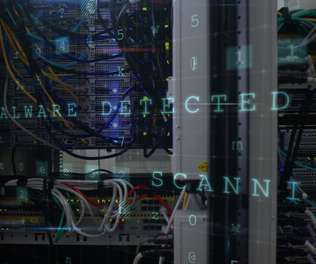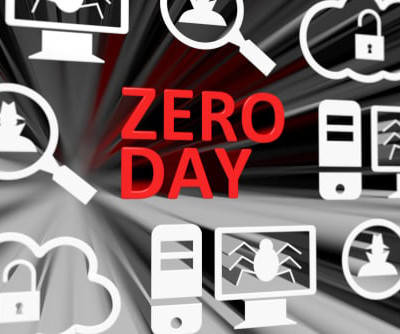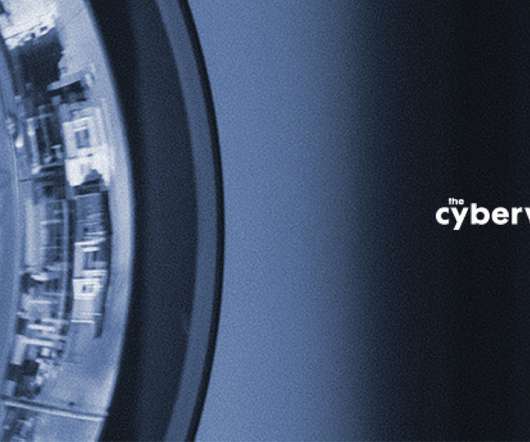Beware the Cyber Ghouls: Spooky Threats Lurking in Digital Shadows
SecureWorld News
OCTOBER 31, 2024
Like vampires, malware strains can operate quietly, leeching data or encrypting files without warning, making ransomware and spyware infections incredibly haunting. The crucifix : Regular backups, robust firewalls, and anti-malware software can drive away these bloodsuckers, keeping your system safe from sudden data "drain."






















Let's personalize your content